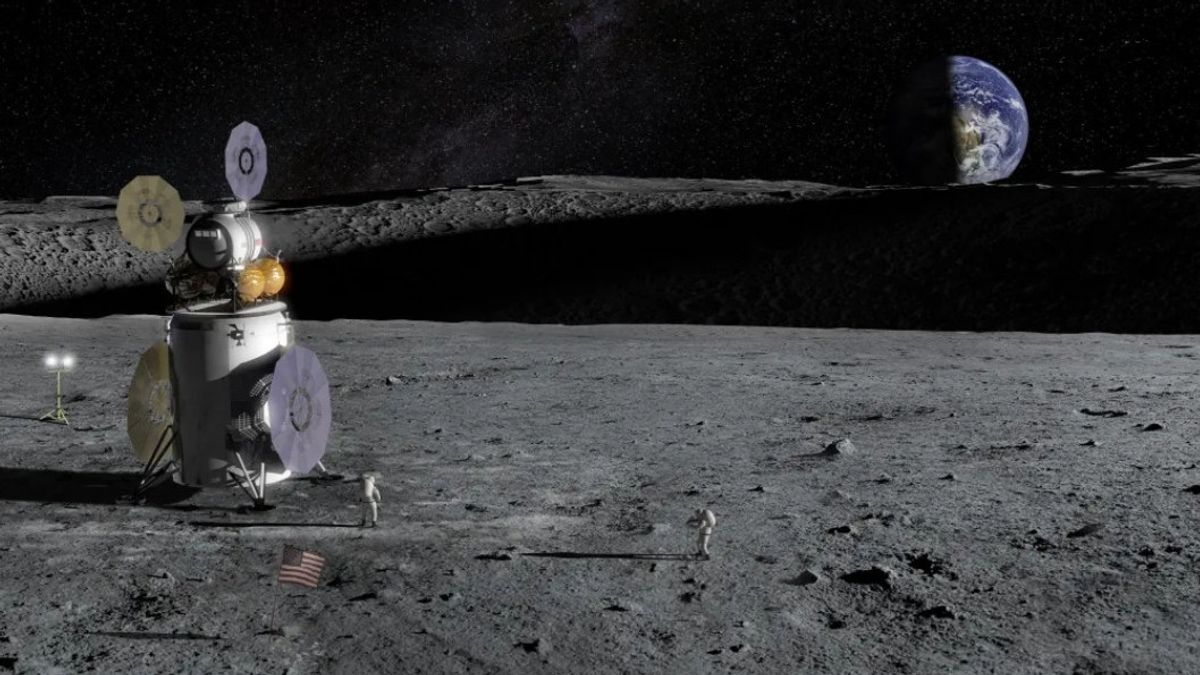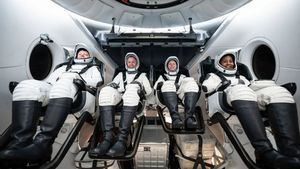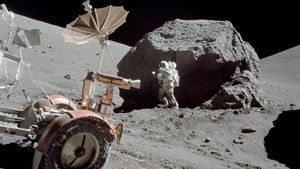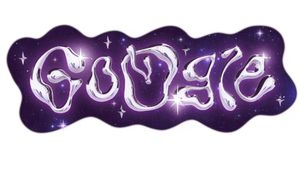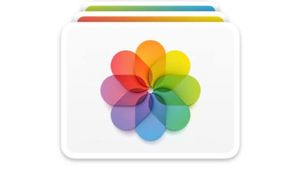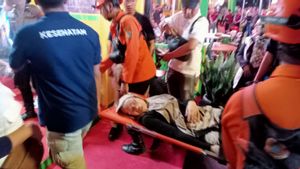JAKARTA Planetary exploration is very important for NASA and must be well prepared. In order for planets to be explored efficiently, NASA needs technology in the form of optical navigation. The Goddard Space Aviation Center, one of NASA's facilities, is well known for its optical navigation technology they developed. Currently, Goddard is making three new technologies to assist future NASA missions. The first optical Navigation technology under development is a modeling machine called Vira. This tool is capable of rendering a large 3D environment and works 100 times faster compared to the Goddard Image Analysis and Navigation Tool (GIANT). Vira combines the speed and efficiency of consumer graphics modeling with GIANT scientific accuracy, said Gnam, the leader of the development of Vira. This tool allows scientists to model a complex environment rapidly." Vira will be used to develop the Moon Navigation Map (LuNaMaps). This map will be a supporting tool in the Artemis mission and its focus is to map the South Pole region on the Moon.
SEE ALSO:
The second technology being created by Goddard is a tool for activating navigation based on the image of the horizon. The tool is useful for astronauts during lunar exploration because GPS is hard to rely on. The algorithm of this tool can display location forecasts based on ambient photos taken. With just one photo, this tool can display data with an accuracy of about hundreds of feet. While two images will increase accuracy to tens of feet. Finally, Goddard is making a programming tool called Goddard AI Verification and Integration (GAVIN) Tool Suit. The team developing GAVIN is also building a learning algorithm using the tool to identify craters in the region with dim brightening.
The English, Chinese, Japanese, Arabic, and French versions are automatically generated by the AI. So there may still be inaccuracies in translating, please always see Indonesian as our main language. (system supported by DigitalSiber.id)
